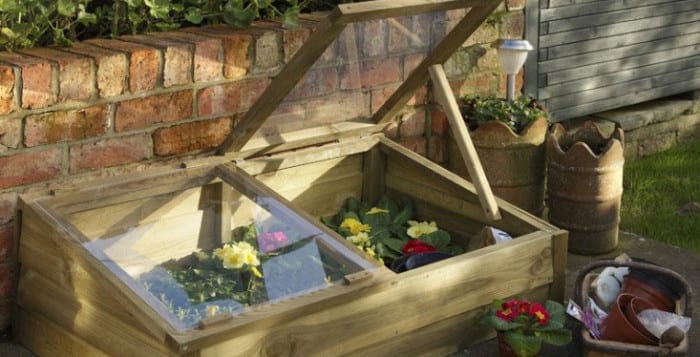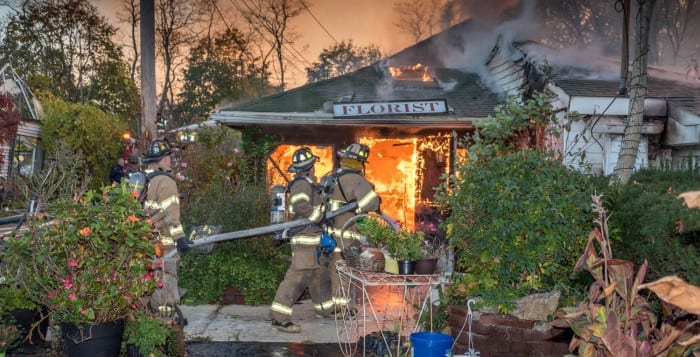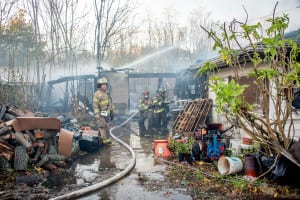By Ellen Barcel
When I was a kid, my father always started his tomato (and other) plants indoors as seedlings and then, as the weather warmed, gradually moved them outdoors to harden them off. He did this by first moving them to a cold frame and then finally out into the garden itself.
What exactly is a cold frame and how is it different from a greenhouse? A cold frame is a small structure, with a transparent roof, like a miniature greenhouse. It’s built low to the ground, just high enough to accommodate the new, baby plants. When the weather becomes unexpectedly cold or very rainy, the cold frame keeps the plants warm and dry.
On an unexpectedly hot day in early spring, my father would go out to the cold frame and prop the “roof” open so the temperature wouldn’t become too hot for the little plants. He’d make sure to close the cold frame at night so low night temperatures wouldn’t shock the plants. Once the weather had warmed enough, especially overnight, he’d then move the plants to their permanent home in the garden.
So, think of a cold frame as a transition from the protection of the house or greenhouse where the seedlings are started to the various weather conditions outside — a way of prolonging the growing season.
Cold frames can be bought from nursery supply stores or catalogues or can be homemade. The size depends on how many baby plants you hope it will hold. Usually, it is two or three feet deep by four or five feet wide, depending on the space available and six to 12 inches high.
To make one using leftover materials around your house, use leftover lumber to create the sides of the rectangle, placing them directly on the ground. Then use an old window and attach it to one of the longer sides in the back with hinges so that the window can be propped up to allow excess heat out. If you decide to build your own cold frame, there are a number of videos online that give you detailed instructions.
Yes, you should place your cold frame in a sunny location (a south-facing location is ideal) or you’ll find that your plants will become very leggy. Since it will also protect against heavy rain, make sure the location is one where water doesn’t pool.
Does every gardener need a cold frame? Not necessarily — only if you like to start seedlings indoors to get a jump on spring gardening. If you prefer to buy from your local nursery, then it will have plants out when it is warm enough to plant them directly in the garden.
What’s the difference between a cold frame and a greenhouse then? A greenhouse is a much larger structure, usually designed to grow plants year round or at least overwinter them. A hothouse is a greenhouse with temperature control (heat in winter) to keep plants warm enough while a cool house is a greenhouse used in a hot (desert) environment to protect them from the hot outside temperature, cooling them as needed.
The temperature in a greenhouse is adjusted (frequently automatically with a thermostat) to make sure that the plants are kept at a given temperature. The only adjustment the gardener does to a cold frame is opening the glass to let out excessive heat on a warm spring day. It’s a transition and not intended for long-term growing of plants.
Ellen Barcel is a freelance writer and master gardener. Send your gardening questions and/or comments to [email protected]. To reach Cornell Cooperative Extension and its Master Gardener program, call 631-727-7850.








